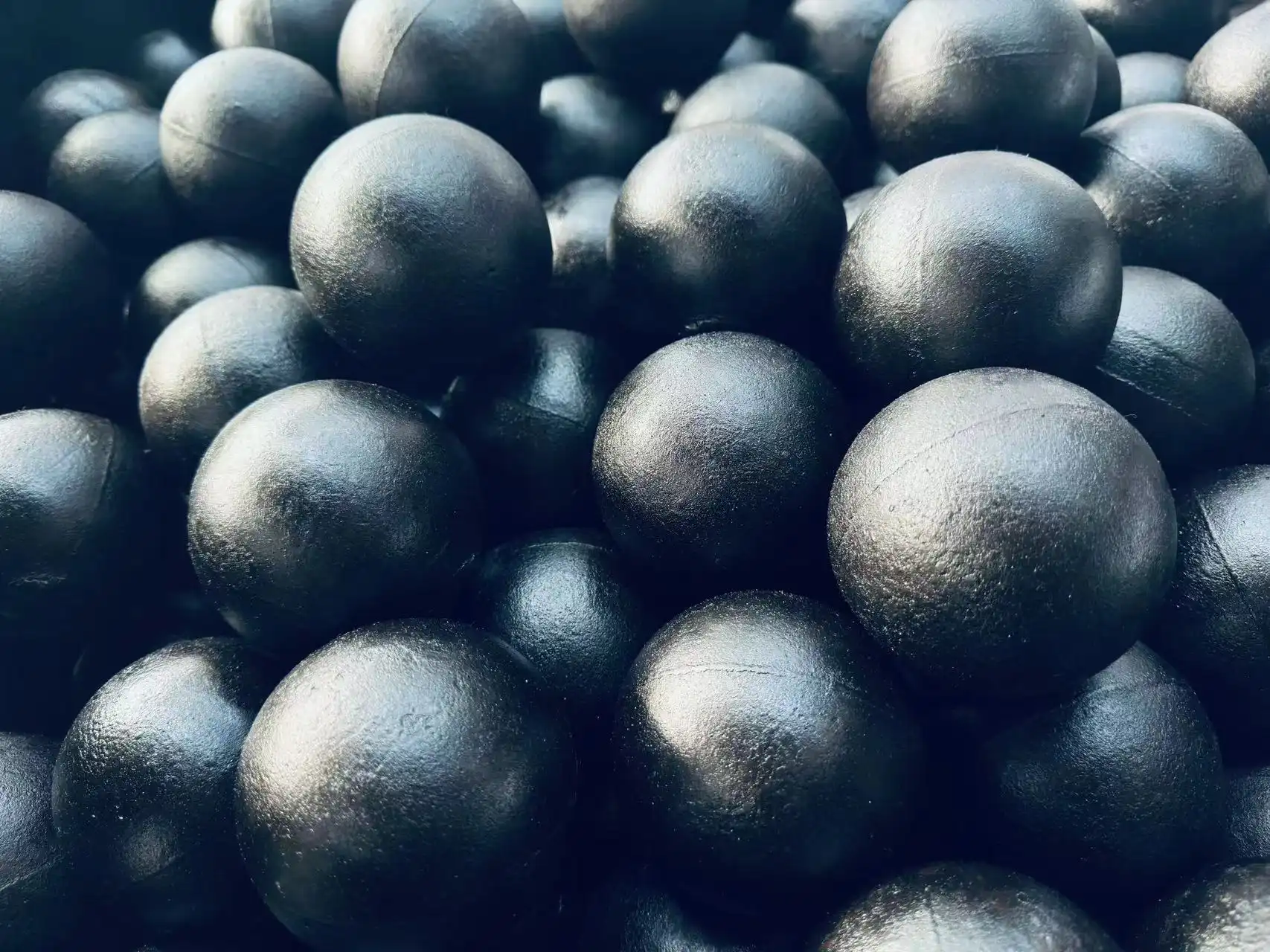Total cost of ownership calculations for grinding media
When evaluating the economic impact of ball mill media wear rate, it's essential to consider the total cost of ownership (TCO). This comprehensive approach takes into account not only the initial purchase price but also the long-term expenses associated with using the grinding media.
Factors influencing TCO
Several factors contribute to the total cost of ownership for ball mill media:
- Initial purchase price
- Wear rate and replacement frequency
- Energy consumption
- Downtime for media replacement
- Impact on product quality
- Maintenance and operational costs
Understanding these factors is crucial for making informed decisions about grinding media selection and optimizing economic performance.
Calculating TCO
To calculate the TCO for grinding media, companies must consider the following formula:
TCO = Initial Cost + (Annual Replacement Cost × Expected Lifespan) + (Annual Energy Cost × Expected Lifespan) + (Annual Maintenance Cost × Expected Lifespan)
This calculation helps businesses evaluate the true economic impact of different grinding media options over time.
Wear rate vs. initial cost: Long-term value analysis
When comparing different types of ball mill media, it's crucial to look beyond the initial cost and consider the long-term value proposition. This analysis involves examining the relationship between wear rate and initial cost to determine which option provides the best economic benefits over time.
The impact of wear rate on long-term costs
A lower wear rate typically translates to longer media lifespan, reducing the frequency of replacements and associated downtime. However, media with lower wear rates often come with a higher initial price tag. The key is to find the optimal balance between wear resistance and cost.
Analyzing long-term value
To conduct a long-term value analysis, consider the following steps:
- Calculate the expected lifespan of different media options based on their wear rates
- Determine the total replacement costs over a specific period (e.g., 5 years)
- Factor in the impact on productivity and product quality
- Compare the total costs and benefits of each option
This analysis helps identify which grinding media option provides the best long-term economic value for your specific application.
ROI comparison between premium vs standard media grades
When it comes to ball mill media, companies often face the choice between premium and standard grades. While premium grades typically come with a higher upfront cost, they may offer superior performance and longevity. Conducting a return on investment (ROI) comparison can help determine which option is more economically viable in the long run.
Factors to consider in ROI analysis
When comparing the ROI of premium and standard ball mill media, consider the following factors:
- Initial cost difference
- Wear rate comparison
- Impact on grinding efficiency
- Effect on product quality
- Energy consumption differences
- Maintenance requirements
Calculating ROI
To calculate the ROI for different media grades, use the following formula:
ROI = (Net Profit / Cost of Investment) × 100
In this context, net profit would be the savings or additional revenue generated by using a particular grade of grinding media, while the cost of investment would be the total cost of purchasing and using that media over a specific period.
Case study: Premium vs standard media in cement production
Let's consider a hypothetical case study in the cement industry:
A cement manufacturer evaluated two types of grinding media for their ball mill:
- Standard grade: Initial cost $50,000, average lifespan 12 months
- Premium grade: Initial cost $75,000, average lifespan 18 months
After a year-long trial, the company found that the premium grade media resulted in:
- 10% increase in grinding efficiency
- 5% reduction in energy consumption
- Improved product quality, leading to a 3% increase in sales
By calculating the ROI, the company determined that despite the higher initial cost, the premium grade media provided a better economic return due to improved efficiency, reduced energy costs, and increased sales.
Optimizing economic performance through strategic media selection
Understanding the economic implications of ball mill media wear rate is crucial for industries relying on grinding processes. By carefully analyzing total cost of ownership, long-term value, and return on investment, companies can make informed decisions that optimize their economic performance.
Key takeaways
- Consider total cost of ownership, not just initial price
- Evaluate the long-term value proposition of different media options
- Conduct ROI comparisons between premium and standard grades
- Factor in the impact on productivity, energy consumption, and product quality
- Regularly review and adjust grinding media selection based on economic performance
By taking a strategic approach to ball mill media selection, industries can significantly improve their operational efficiency and economic outcomes.
Are you looking to optimize your grinding processes and improve economic performance? Contact NINGHU today to learn more about our high-quality ball mill media solutions. Our team of experts can help you find the perfect balance between wear resistance, performance, and cost-effectiveness for your specific application. Reach out to us at sales@da-yang.com or sunny@da-yang.com to discuss your grinding media needs and discover how we can help you achieve better economic results.
References
- Johnson, A. R. (2020). Economic Analysis of Grinding Media Wear in Mineral Processing. Journal of Mining Economics, 35(2), 178-195.
- Smith, B. L., & Thompson, C. D. (2019). Optimizing Ball Mill Performance: A Comprehensive Guide. Industrial Grinding Solutions Press.
- Lee, S. H., et al. (2021). Comparative Study of Premium and Standard Grinding Media in Cement Production. Cement and Concrete Research, 142, 106351.
- Garcia, M. P., & Rodriguez, F. T. (2018). Total Cost of Ownership Models for Industrial Grinding Media. International Journal of Production Economics, 203, 18-29.
- Wilson, E. K., & Brown, R. J. (2022). Long-term Value Analysis of High-Chrome Grinding Media in Mining Operations. Mining Engineering, 74(3), 42-51.
- Chen, Y., & Zhang, X. (2020). Economic Implications of Grinding Media Selection in Ball Mills: A Case Study Approach. Journal of Materials Processing Technology, 276, 116374.









